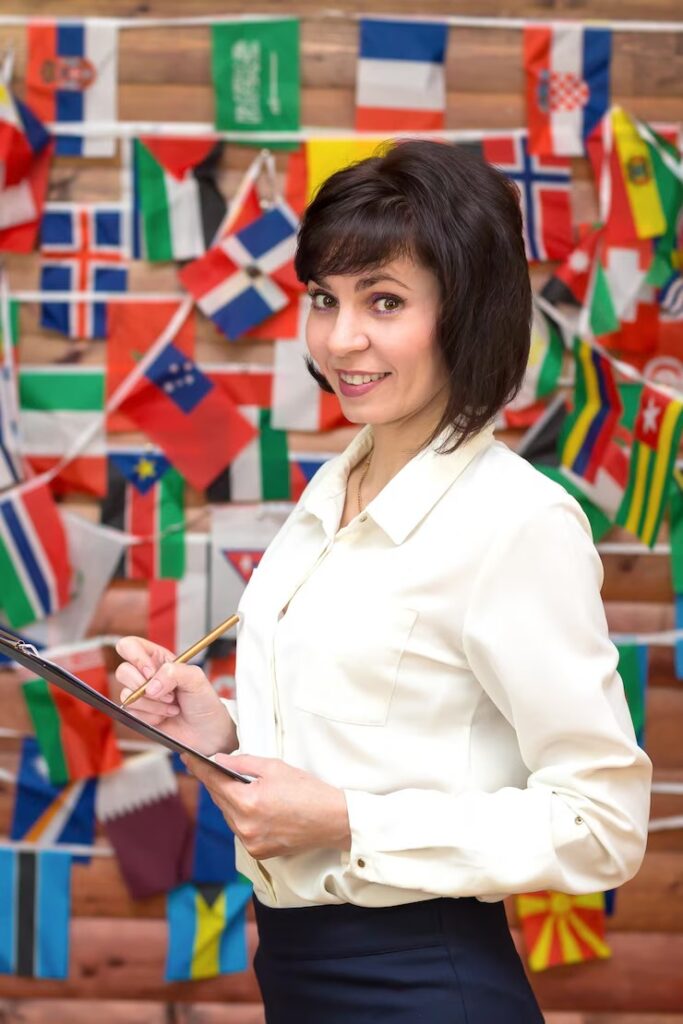Education has always been one of the most critical indicators of progress for any nation. It forms the backbone of a thriving society, fosters innovation, and holds the key to global competitiveness. But with education systems varying wildly in approach and execution, some nations have surged ahead as global leaders in education.
Why does this matter? Well, it’s simple. Education shapes economies, empowers individuals, and serves as the foundation of inclusive societies. This blog will not only explore the top 10 most educated countries in the world but also discuss how India and Pakistan stack up on this prestigious list. We’ll also unravel the methodologies behind these rankings and examine the opportunities and challenges shaping the future of education globally.
Understanding the Ranking Methodology
Before we jump into the rankings, it’s crucial to understand how education rankings are determined. Countries are typically assessed based on a combination of factors, including:
- Literacy Rates
- Enrollment in Primary, Secondary, and Tertiary Education
- Educational Attainment Levels (percentage of population with higher education degrees)
- Public Investment in Education
- Teacher-to-Student Ratios and Learning Outcomes
These metrics provide a holistic picture of a country’s emphasis on education and the quality of its systems.
The Top 10 Most Educated Countries in the World

1. Canada
Canada consistently tops the list of the world’s most educated countries. Over 60% of adults in Canada have completed tertiary education, thanks to the country’s commitment to accessible, high-quality post-secondary education. Canadian universities like the University of Toronto and McGill are world-renowned, offering not only strong academic programs but also vibrant multicultural campuses.
2. Japan
Japan, the technological hub of the world, is equally renowned for its rigorous education systems. With a literacy rate of nearly 100% and success in STEM fields, Japan exemplifies how structured, disciplined schooling can yield innovation and technological advancement.
3. South Korea
South Korea’s transformation into an education powerhouse is nothing short of remarkable. Roughly 70% of high school graduates pursue higher education. Its competitive education culture and high investment in technology-driven learning environments stand out globally.

4. Finland
Unlike many nations, Finland places less emphasis on standardized testing and more on holistic, student-centered education. Finnish schools lead the way in encouraging creativity, critical thinking, and emotional well-being alongside academics.
5. United States
Home to Ivy League institutions and Silicon Valley, the United States makes significant contributions to global education. With nearly 50% of its population holding a diploma in tertiary education, the U.S. cultivates some of the world’s brightest talents, particularly in innovation, research, and entrepreneurship.
6. Switzerland
Known for its dual education system, Switzerland seamlessly integrates academics with vocational training. This ensures students are not only skilled for the workforce but also academically prepared to innovate.
7. Sweden
Sweden places a strong emphasis on free education for all. Its progressive education policies and gender equality initiatives have inspired other nations to follow suit.
8. Australia
Australia’s vibrant education sector, backed by international students from over 180 countries, makes it a major player in global education. The country has an exceptional focus on research and development in fields like environmental science and medicine.
9. Germany
Germany values free access to higher education and has built a global reputation for excellence in research-driven universities. Its apprenticeship programs also make it a standout example for skills-based education.
10. Norway
Norway allocates one of the world’s highest GDP percentages toward education. With tuition-free universities and robust teacher training programs, Norway ensures equal education access for all citizens.

Education in India and Pakistan
Education in India
India ranks among the world’s largest education systems in terms of sheer scale, with more than 260 million students enrolled in schools. Its literacy rate currently hovers around 77%, with significant strides being made through programs like Sarva Shiksha Abhiyan and NEP 2020, which aim to universalize education and improve digital accessibility. However, challenges such as teacher shortages, infrastructure issues, and rural-urban disparities remain obstacles to achieving higher global rankings.
Key Strengths of Indian Education:
- Thriving tech and engineering grads, largely hailing from IITs and IIMs.
- Digital literacy campaigns to connect rural populations.
- Strengthened focus on diversity and inclusion through governmental policies.
Education in Pakistan
Pakistan’s literacy rate stands at approximately 59%, showcasing an urgent need for reform. Despite hosting nearly 22.8 million out-of-school children, efforts like the Ehsaas Education Stipends and growing private-sector investments aim to tackle these challenges.
Challenges in Pakistan:
- Unequal access to education, particularly for girls in rural areas.
- Teacher-to-student ratios falling below global standards.
- Insufficient infrastructure and policy funding.
Both nations are undergoing significant education reforms with ambitions of scaling new heights in literacy and innovation.
Challenges and Opportunities
Education systems across the globe face certain universal challenges, including funding shortages, equitable access, and adapting to rapid technological change. At the same time, opportunities abound:
- EdTech Expansion is bridging gaps with tools like online learning platforms (think Khan Academy and Duolingo).
- AI-Powered Personalization is increasingly optimizing learning paths for students.
- Public-Private Partnerships are injecting fresh resources and innovation into national education ecosystems.
The Role of Technology
One of the most exciting transformations in global education is the integration of technology into learning environments. Smart classrooms, virtual reality experiences, and AI-driven learning platforms are revolutionizing how we teach and learn. Countries like South Korea and Finland are leading the charge by leveraging tech to improve accessibility and outcomes.
Want to explore more? Check out resources like San Jose Education trends or Silicon Valley workforce highlights to see how tech hubs are driving future education.

Where Education Goes From Here
Education systems around the world are constantly evolving, as new challenges and opportunities arise. Whether it’s Canada’s accessible degrees, Finland’s innovative classrooms, or India and Pakistan tackling endemic challenges, one thing remains clear—education is the most powerful tool we have to shape the future.
For readers curious to explore actionable resources or initiatives to improve your region’s education system, sign up for our newsletter or explore our library of insightful reads.
FAQ
Which country ranks the highest in education?
Canada holds the top spot, with over 60% of adults completing tertiary education.
How is education ranked globally?
Educational rankings consider metrics like literacy rates, enrollment figures, and higher education degree completion rates.
Why does education matter for economic growth?
Education develops skilled workers, decreases inequality, and fosters innovation, driving GDP growth and societal progress.